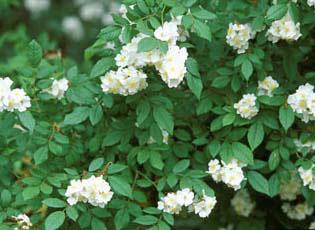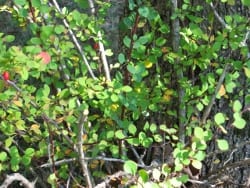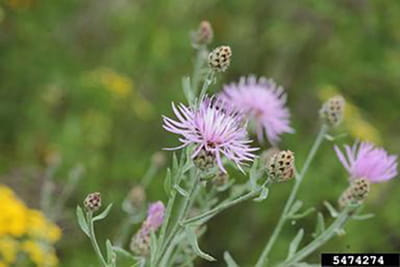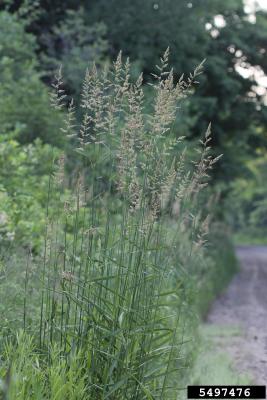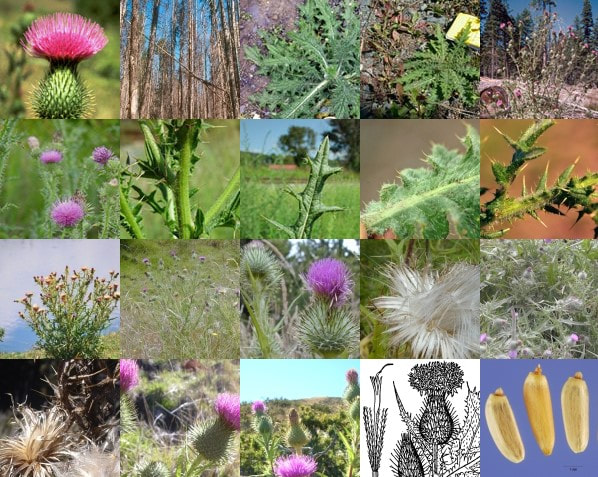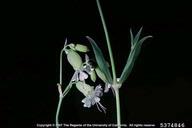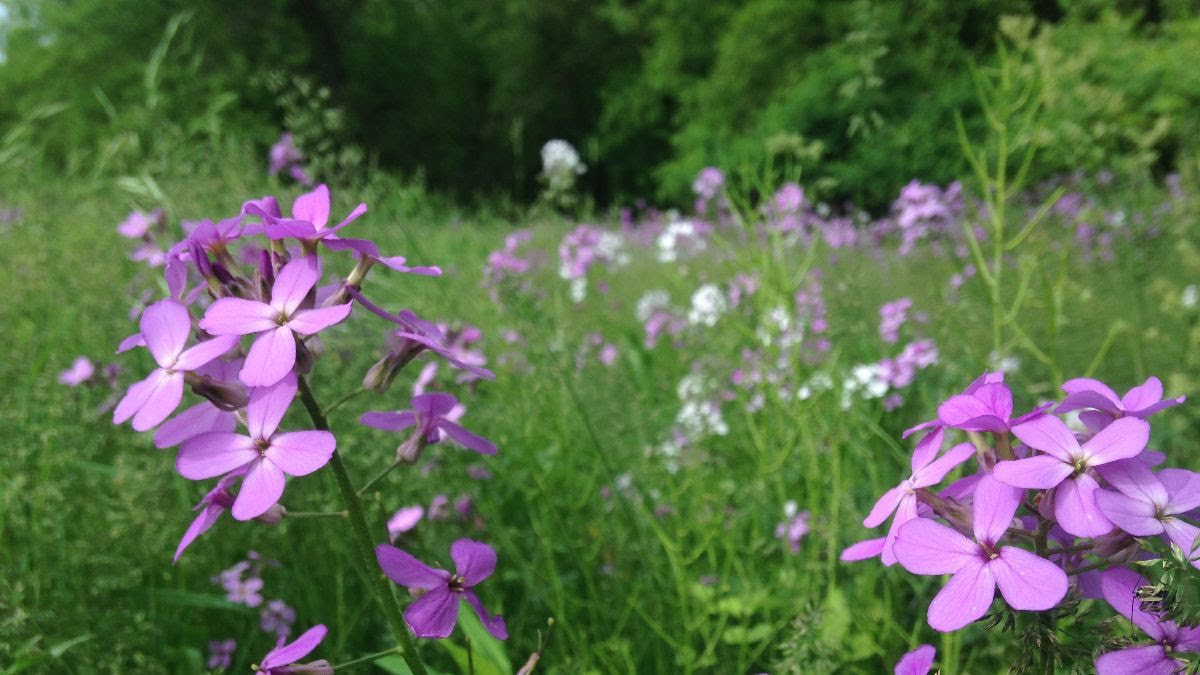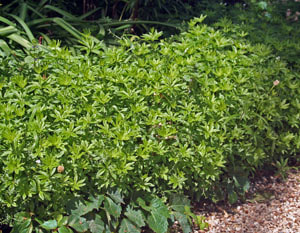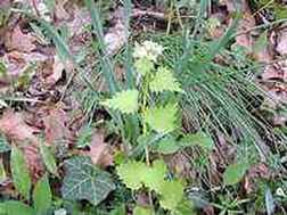Invasive Species
Non-Native Invasive Plants
Non-native invasive plants are undesirable. They displace native plants, degrade wildlife habitat, spread to other properties, and cause long-term property degradation. Some non-native plants form mono-cultures which take over native plants and deprive the native plants of space, light, and nutrients and, as a result, deprive beneficial insects and birds of food sources. These aggressive non-native plants are called non-native invasive plants.
After years of engaging workers to pull garlic mustard plants in the spring, we have found the tight labor market, the lower density of these plants due to the success of previous years’ efforts, and the identification of new invasive species not suited to manual pulling have made this approach impractical on its own. We now engage Wildlife and Wetlands Solutions to treat these various invasive species with a combination of hand-pulling and environmentally-friendly herbicides at the times and locations appropriate to the targeted species.
Non-native invasive plants are undesirable. They displace native plants, degrade wildlife habitat, spread to other properties, and cause long-term property degradation. Some non-native plants form mono-cultures which take over native plants and deprive the native plants of space, light, and nutrients and, as a result, deprive beneficial insects and birds of food sources. These aggressive non-native plants are called non-native invasive plants.
After years of engaging workers to pull garlic mustard plants in the spring, we have found the tight labor market, the lower density of these plants due to the success of previous years’ efforts, and the identification of new invasive species not suited to manual pulling have made this approach impractical on its own. We now engage Wildlife and Wetlands Solutions to treat these various invasive species with a combination of hand-pulling and environmentally-friendly herbicides at the times and locations appropriate to the targeted species.
Invasive Species Eradication
Background
Wildlife and Wetlands Solutions (WWS) provides services to control invasive species during the growing season for the Frankfort Area Land Conservancy.
WWS utilizes a crew of 3-6 habitat technicians who are certified in herbicide application categories applicable for upland and aquatic treatments. Each employee is trained or is experienced with identification of multiple invasive species and the appropriate treatment for each species based on plant phenology and the time of year. WWS coordinates treatment with the necessary person or persons to determine the appropriate methods for each species at different times of the year. WWS uses transects to search areas for treatment and can use GPS data from surveys to find individual plants that are to be treated.
Early Spring Treatment
At FALC, Garlic Mustard has been consistently treated by volunteers and property owners. WWS will continue treatment which will involve hand pulling in smaller, less dense areas of primarily second-year plants and herbicide treatment in larger, dense areas of primarily first year plants. Due to the continued annual re-treatment and desire to limit herbicide usage, hand-pulling will be the primary means of control, except where there is large/dense growth.
Spring/Summer Treatment
Herbaceous species Sweet Woodruff and Dame’s Rocket are hand-pulled or treated with herbicide depending on site and population characteristics. Each of these species uses the same type of herbicide with the same timing. Any populations occurring in the woods are treated when garlic mustard is treated, earlier in the season.
Summer Treatment
During the summer, a number of herbaceous plants can be treated simultaneously. WWS’s crew transects and uses previous GPS data to identify and treat multiple invasive species. Conducting treatment during times when multiple species are present and susceptible makes for more efficient crew time utilization as multiple species can be addressed during a single treatment period.
Continued annual treatment is usually required for some herbaceous species which release thousands of seeds with long viability periods (such as spotted knapweed and reed canary grass). Seeds can remain in the soil and germinate for up to 10 years, so consistent treatment is needed to avoid seed dispersal. WWS continues treatments begun in the previous year to help control any re-germination of invasive species and allow for successful reestablishment of native plant species.
Summer treatment for the following herbaceous species by foliar treatment:
Woody invasive species (listed below), were treated by WWS in 2019-2021. These treatments involve cutting the shrubs and treating stumps with herbicide. This method reduces the amount of herbicide used and provides effective woody invasive control. WWS re-evaluates the areas treated and repeats foliar application of the appropriate herbicide to any woody invasive shoots or suckers that have come up since the cut-stump treatment. WWS expects these shoots to be minimal but wants to ensure the ongoing success of control measures.
Woody invasives to re-evaluate treatment success and foliar treat, if necessary, during summer or fall treatment periods:
Fall Treatment
Fall treatment of Wood Bluegrass was conducted last two years and will again be treated during the fall 2022 season. Treatment during the fall will provide protection to more vulnerable native plants and planting. Application of the appropriate herbicide will be used to control any remaining populations and germinated plants. As with other herbaceous invasives that produce a large number of viable seeds, WWS recommends continued monitoring and treatment until the seedbank is restored.
Background
Wildlife and Wetlands Solutions (WWS) provides services to control invasive species during the growing season for the Frankfort Area Land Conservancy.
WWS utilizes a crew of 3-6 habitat technicians who are certified in herbicide application categories applicable for upland and aquatic treatments. Each employee is trained or is experienced with identification of multiple invasive species and the appropriate treatment for each species based on plant phenology and the time of year. WWS coordinates treatment with the necessary person or persons to determine the appropriate methods for each species at different times of the year. WWS uses transects to search areas for treatment and can use GPS data from surveys to find individual plants that are to be treated.
Early Spring Treatment
At FALC, Garlic Mustard has been consistently treated by volunteers and property owners. WWS will continue treatment which will involve hand pulling in smaller, less dense areas of primarily second-year plants and herbicide treatment in larger, dense areas of primarily first year plants. Due to the continued annual re-treatment and desire to limit herbicide usage, hand-pulling will be the primary means of control, except where there is large/dense growth.
Spring/Summer Treatment
Herbaceous species Sweet Woodruff and Dame’s Rocket are hand-pulled or treated with herbicide depending on site and population characteristics. Each of these species uses the same type of herbicide with the same timing. Any populations occurring in the woods are treated when garlic mustard is treated, earlier in the season.
Summer Treatment
During the summer, a number of herbaceous plants can be treated simultaneously. WWS’s crew transects and uses previous GPS data to identify and treat multiple invasive species. Conducting treatment during times when multiple species are present and susceptible makes for more efficient crew time utilization as multiple species can be addressed during a single treatment period.
Continued annual treatment is usually required for some herbaceous species which release thousands of seeds with long viability periods (such as spotted knapweed and reed canary grass). Seeds can remain in the soil and germinate for up to 10 years, so consistent treatment is needed to avoid seed dispersal. WWS continues treatments begun in the previous year to help control any re-germination of invasive species and allow for successful reestablishment of native plant species.
Summer treatment for the following herbaceous species by foliar treatment:
- Bladder campion
- Bull thistle
- Canada thistle
- Common mullein (hand pull)
- Reed canary grass
- Spotted knapweed
- White sweet clover
- Wood bluegrass
- Yellow sweet clover
- St. John’s wort
Woody invasive species (listed below), were treated by WWS in 2019-2021. These treatments involve cutting the shrubs and treating stumps with herbicide. This method reduces the amount of herbicide used and provides effective woody invasive control. WWS re-evaluates the areas treated and repeats foliar application of the appropriate herbicide to any woody invasive shoots or suckers that have come up since the cut-stump treatment. WWS expects these shoots to be minimal but wants to ensure the ongoing success of control measures.
Woody invasives to re-evaluate treatment success and foliar treat, if necessary, during summer or fall treatment periods:
Fall Treatment
Fall treatment of Wood Bluegrass was conducted last two years and will again be treated during the fall 2022 season. Treatment during the fall will provide protection to more vulnerable native plants and planting. Application of the appropriate herbicide will be used to control any remaining populations and germinated plants. As with other herbaceous invasives that produce a large number of viable seeds, WWS recommends continued monitoring and treatment until the seedbank is restored.

